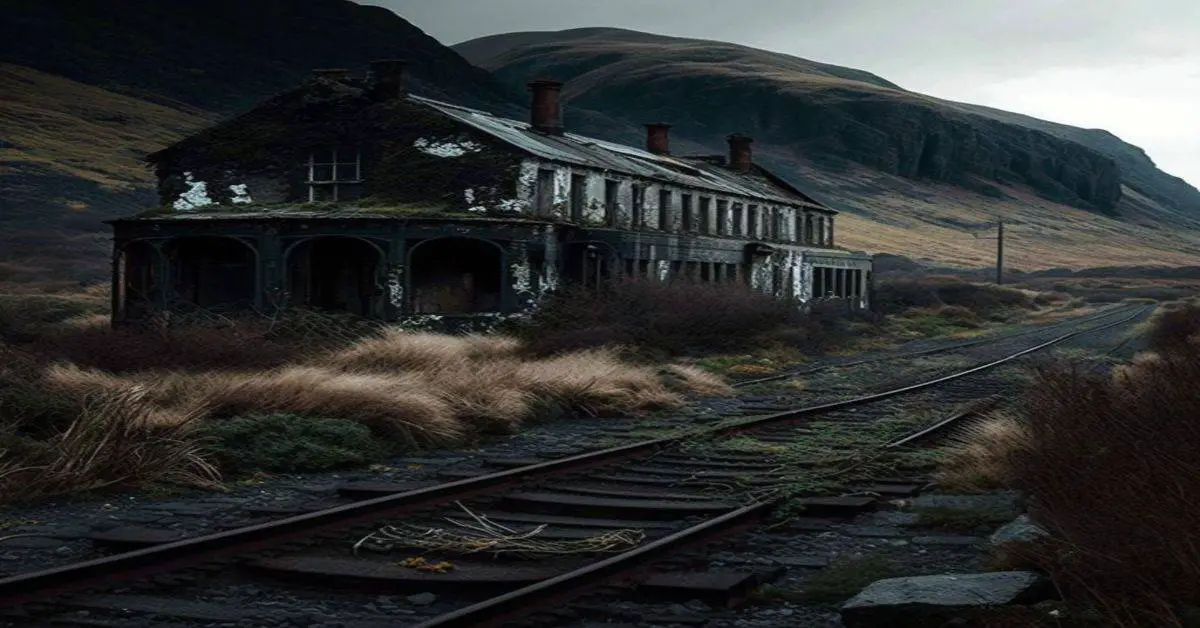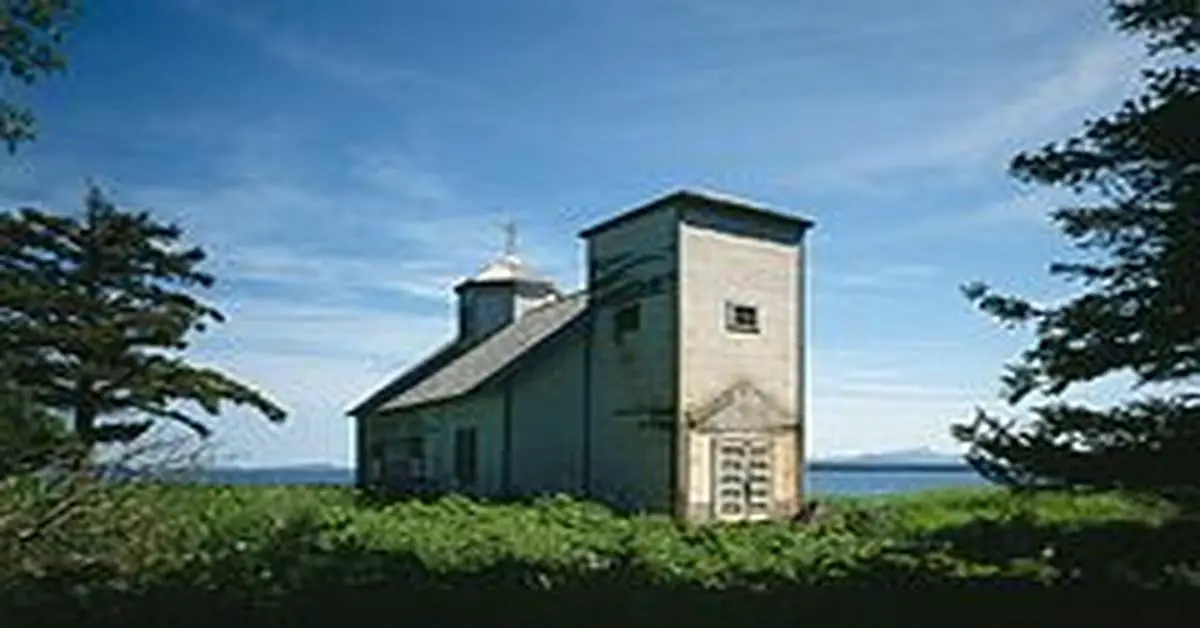Nestled in the heart of the Kenai Peninsula, Portlock, Alaska is a town shrouded in mystery and intrigue. Abandoned in the late 1940s, it has become a ghost town, leaving only remnants of its past. However, its history is far from forgotten, with rumors of hauntings and unexplained events still circulating to this day.
Like a window into the past, Portlock’s abandoned buildings and structures are a testament to its once bustling cannery hub and Territorial Boarding School. The town’s eerie silence and abandoned streets hold a chilling allure, drawing in curious visitors seeking to uncover its haunting history.
In this article, we will delve into the fascinating and haunting history of Portlock, Alaska, exploring its location, history, abandonment, remains, and the unexplained events that have made it a place of interest for thrill-seekers and history buffs alike.
Key Takeaways
- Portlock, Alaska is a remote location on the Kenai Peninsula that can only be accessed by boat or bush-plane beach landing.
- The town was once a bustling cannery hub and Territorial Boarding School but was abandoned in the late 1940s for unclear reasons.
- Portlock holds cultural significance for surrounding communities and is home to abandoned buildings, structures, and remnants of its industrial past.
- There are rumors of hauntings and unexplained events at Portlock, with some considering it a haunted location due to reported apparitions, mysterious footsteps, and voices.
Location and Access
Portlock, located on the Kenai Peninsula in Alaska, is a remote and intriguing location to explore. The town is only accessible by boat or bush-plane beach landing, adding to its allure.
The best time to visit Portlock is mid-Summer, when the weather is mild and the waters are calm, making it easier to reach the town.
Visitors can choose to access Portlock by boat or bush plane. A boat ride is a popular option, providing visitors with a scenic view of the surrounding waters and coastline. However, for those seeking a more adventurous route, a bush plane landing on the beach may be the way to go.
Regardless of the mode of transportation, visitors will surely be captivated by the haunting history and remain of this once-thriving cannery town.
History and Abandonment
The town of Portlock was abandoned en-masse in the mid-twentieth century, with the post office closing shortly after that. The reasons for the sudden abandonment of the town are not entirely clear, but it is believed that the decline of the local economy, which was heavily reliant on fishing and mining, played a significant role. Additionally, the harsh climate and difficult living conditions in the area may have contributed to the decision by residents to leave.
Despite its relatively short history, Portlock holds cultural significance for the surrounding communities. Many residents of nearby towns, such as Seldovia, Port Graham, and Nanwalek, are descendants of Portlock families and have a personal connection to the area. Moreover, the town’s abrupt abandonment has led to speculation and rumors of unexplained events and deaths, leading some to consider it a haunted location.
Today, the remains of the town, including house pilings and rusted cannery equipment, serve as a reminder of Portlock’s industrial past and the challenges faced by those who once called it home.
Remains and Hauntings
Remnants of a once-thriving industrial past and rumored unexplained events add an air of mystery to the abandoned town’s remains. Rusted artifacts, such as cannery equipment and house pilings, can still be found in the area. These remnants serve as a reminder of the industrial boom that once took place in Portlock.
However, what adds to the intrigue of the town’s abandonment are the supernatural occurrences that have been reported. Many residents believe that the town is haunted, and unexplained events and deaths occurred before it was abandoned en-masse around 1949. Some claim to have seen apparitions wandering around the deserted town, while others have heard mysterious footsteps and voices.
Despite the eerie atmosphere, the area is still accessible via remote fishing lodge operations, and visitors can explore the remains of the once-thriving town. Whether you are a believer in the supernatural or not, Portlock’s remains provide a fascinating glimpse into an abandoned industrial town and the mysterious events that surrounded its abandonment.
Frequently Asked Questions
What were the unexplained events and deaths occurred in Portlock before its abandonment?
Supernatural phenomena and local legends surround the unexplained events and deaths in Portlock, Alaska before its abandonment. No concrete evidence exists to support these claims, but they continue to be passed down by residents and descendants.
What is the significance of the Chromite mining site called Chrome near Portlock?
The significance of the chromite mining site, known as Chrome, near Portlock lies in its economic importance as a source of chromium, which is used in the production of stainless steel and other alloys. The mining activities likely contributed to the growth of the cannery town of Portlock in the early 20th century.
What kind of fish were typically caught and processed in Portlock’s cannery industry?
Portlock’s cannery industry processed salmon, herring, and halibut, among other fish. The process involved cleaning, canning, and shipping the fish to market. The industry was a significant part of Portlock’s economy before the town was abandoned.
How has the nearby Native Alaskan community been affected by the abandonment of Portlock?
Portlock’s abandonment impacted the nearby Alaska Native community, as it caused an economic loss due to the closure of the cannery and boarding school. The descendants of Portlock families still reside in the area.
Are there any plans to restore or preserve the remaining structures and artifacts in Portlock?
Preservation efforts for the remaining structures and artifacts in Portlock have been limited, despite the town’s historical significance as a former cannery town and site of a Territorial Boarding School. No plans for restoration have been announced.

